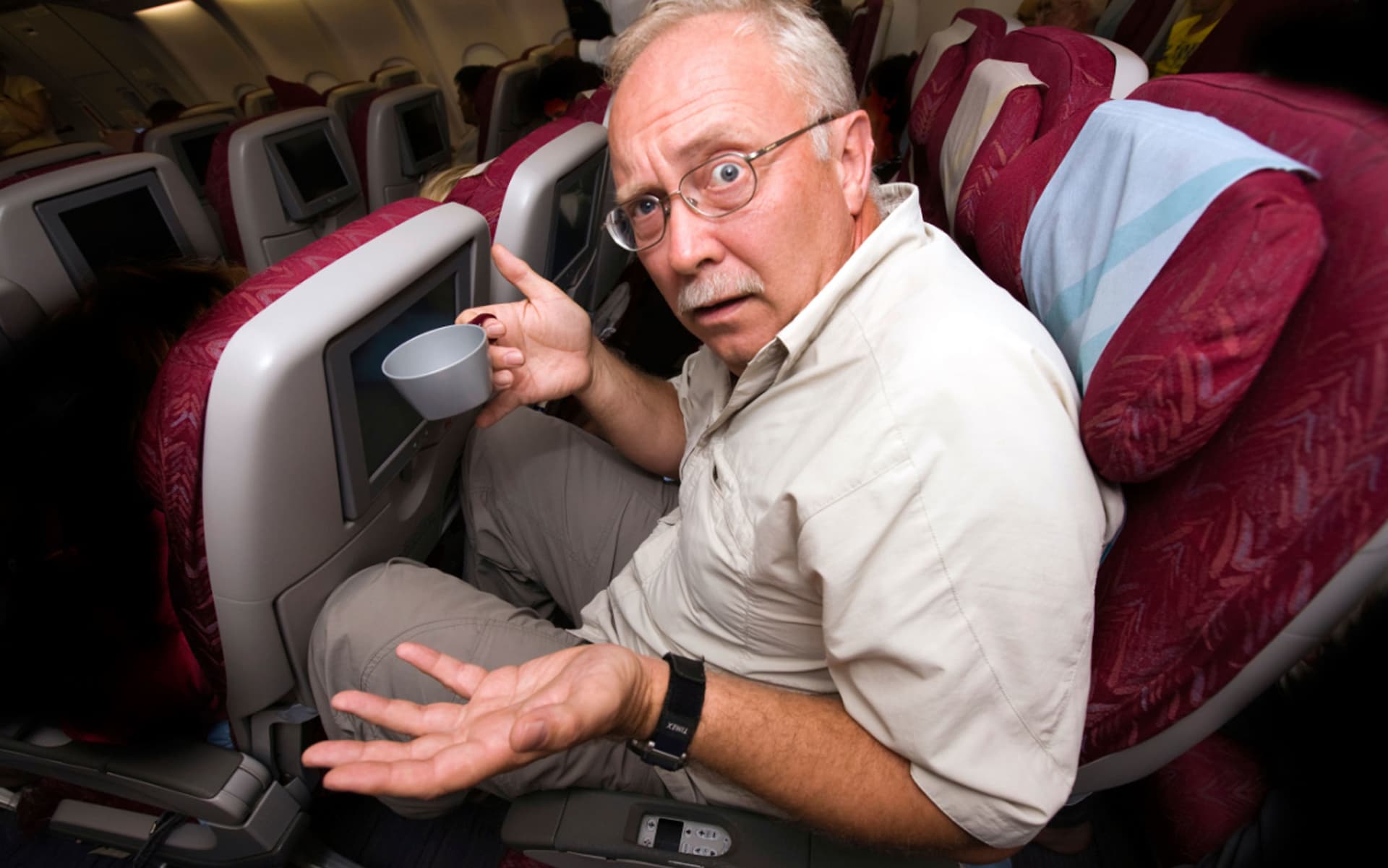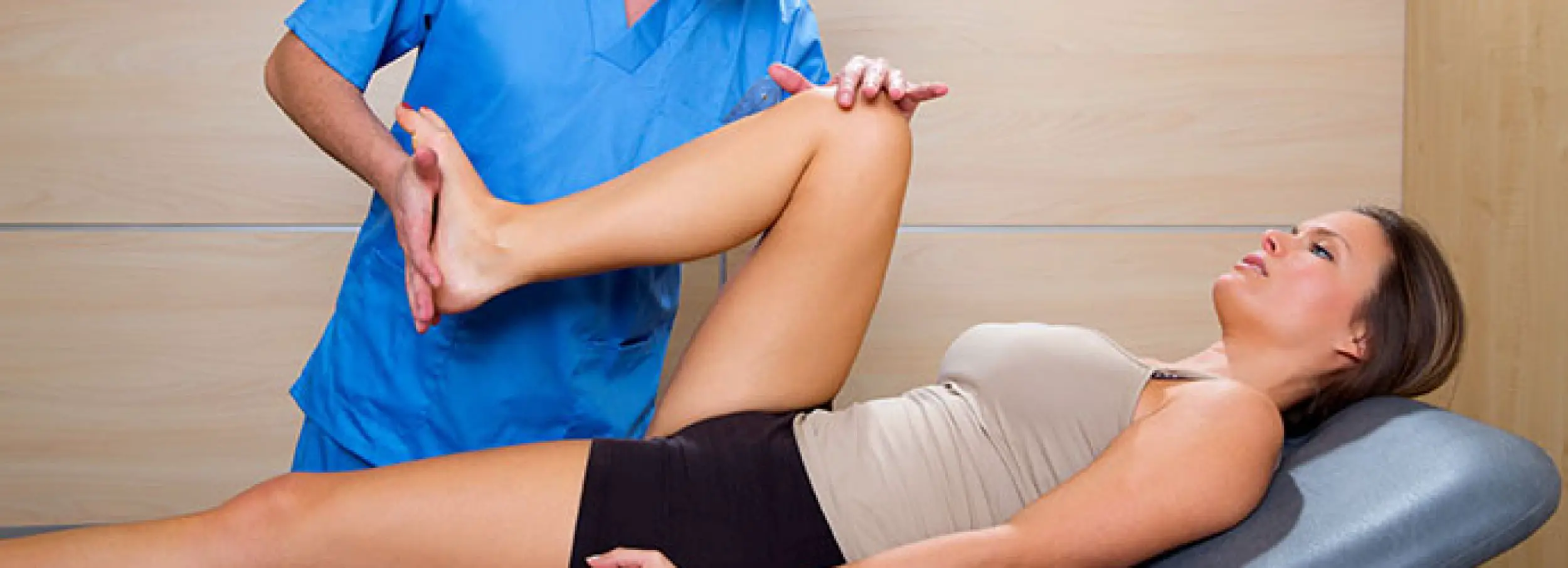Not everybody likes to travel by air. All of the hassle, going through security measures, the take-off and landing phase, and a delayed plane are common sources of distress.
No time to read? We found the best way to solve leg pain on flights on Amazon.
Moreover, some people may experience a curious symptom shortly after flying.
Their legs start hurting with a dull and poorly localised pain, and they don’t know why. If you have ever felt this way, don’t panic. We will walk you through what happens in your body during a long flight and explain what is probably causing this symptom.
Should I worry about feeling leg pain after flying?
Unpleasant symptoms after a flight are not uncommon, and you may have perfect health but still feel awkward after a long flight. These symptoms are not limited to travelling by air, and you may feel exactly the same after a long-distance car trip.
If you’re travelling, by air, bus, train, or any other means for more than 4 hours and end up with pain in both legs, there are two different conditions to consider:
- Muscle cramps: It is by far the most common cause of leg pain after a long journey. You may develop muscle cramps after sitting in the same position for a long time. Anxious people may also have restless legs throughout the flight and develop muscle soreness the day after. Muscle cramps are not always located in both legs.
- Venous insufficiency: If you have varicose veins in your legs and your pain is pulsating and dull, it may be caused by a delayed venous return. In this case, leg pain might not be located in both legs.
- Deep vein thrombosis: In some cases, blood clots start to form in your veins when you’re in the same position for a long time. This condition may be potentially life-threatening, but there’s a lot you can do to prevent complications.
Deep vein thrombosis is by far the most dangerous condition, but not everybody is at risk of developing blood clots. Certain risk factors increase your likelihood of developing blood clots, such as:
- Obesity: When your body mass index exceeds 30 kg/m2.
- Older age: Especially over 40 years of age.
- Drugs: Patients receiving hormone replacement therapy, hormonal contraceptives, and certain types of cancer therapy.
- Medical history: Previous blood clot formation, venous insufficiency, a recent surgery within 3 months.
- Pregnant women: Also includes the postpartum period.
- Limited mobility: Wheelchair patients, a leg cast, among others.
- Smoking: Cigarette smoking reduces a substance called nitric oxide and creates a series of alterations in the cardiovascular system.
Other important symptoms you may notice if you’re developing a blood clot are the following:
- Swelling of your legs
- Tenderness and sensibility after touching your legs
- A warm sensation and reddish skin
The more risk factors you have, the more likely it will be to develop a blood clot. Thus, talk to your doctor as soon as possible if you’re having leg pain after a flight combined with the items above.

Tips and recommendations to Stop Leg Pain on a Flight
It is a good idea to talk to your doctor if you have concerning symptoms combined with risk factors. Keep in mind that there may be plenty of diagnoses to rule out and questions to be asked about your health and medical history before making a diagnosis. But as you make your appointment, there are tips and recommendations you can also apply in your next long flight to reduce your risk of complications.
For more information visit FitforTravel (which helps UK residents with preparing and managing for flights if you need it).
Before a flight
- If you had previous clotting problems, alarming symptoms, or the risk factors listed above, try to talk to your doctor to get recommendations adapted to your individual case.
- Avoid caffeinated drinks and buy water for your long trip.
- Do not drink alcoholic beverages.
- Be mindful about your clothes and avoid using tight or restrictive clothing or underwear.
- If you have varicose veins, using compression stockings is a good idea for your flight.
- Follow your doctor’s recommendations if you’re on anticoagulant drugs.
During a flight
- Drink sufficient water and don’t limit yourself because you want to avoid going to the bathroom.
- Go to the bathroom when it is safe to do so. Walking will help you avoid blood clot formation.
- Do not drink coffee or alcohol during your flight.
- If you’re using pills to control your anxiety, do not use high doses that makes you sleep for the entire flight.
- Slide forward your legs and avoid pressing your thighs on the edge of the seat.
- Perform every half hour a series of exercises right there in your seat. Raise your knees against your chest and hold for a while. Perform a few ankle rotations and stretch your legs frequently.
- Massage your legs and feet every once in a while, especially if you have varicose veins or compromised venous circulation.
After a flight
- Stretch your legs continually and keep moving around.
- Pay attention to your symptoms. Check on leg pain and tenderness. Examine your legs for redness, and other changes in coloration.
- A rare complication of deep vein thrombosis is pulmonary thrombosis. Thus, if you develop breathing difficulties, don´t neglect your condition and talk to your doctor right away.
- Report any other concerning symptom to your doctor.
In a nutshell, if you feel pain in both legs after a flight or a long journey it may be due to the long time you have spent in a closed environment and without moving your legs. Muscle cramps and venous insufficiency are common problems associated with sitting for too long, but if you have risk factors such as obesity and older age, it is important to rule out deep vein thrombosis.
Even if you are at risk of developing this problem, there are various recommendations you can try in a travel longer than 4 hours to reduce the chance of developing blood clots. Don’t forget to talk to your doctor about your symptoms, follow his advice and instructions, and enjoy a safe trip.
References:
Gavish, I., & Brenner, B. (2011). Air travel and the risk of thromboembolism. Internal and emergency medicine, 6(2), 113-116.
Kesieme, E., Kesieme, C., Jebbin, N., Irekpita, E., & Dongo, A. (2011). Deep vein thrombosis: a clinical review. Journal of blood medicine, 2, 59.
Müller-Bühl, U., Leutgeb, R., Engeser, P., Achankeng, E. N., Szecsenyi, J., & Laux, G. (2012). Varicose veins are a risk factor for deep venous thrombosis in general practice patients. Vasa, 41(5), 360-365.
Elias, S., Hoffman, R., Saharov, G., Brenner, B., & Nadir, Y. (2016). Dehydration as a possible cause of monthly variation in the incidence of venous thromboembolism. Clinical and Applied Thrombosis/Hemostasis, 22(6), 569-574.
Martin-Gill, C., Doyle, T. J., & Yealy, D. M. (2018). In-flight medical emergencies: a review. Jama, 320(24), 2580-2590.
Izadi, M., Alemzadeh-Ansari, M. J., Kazemisaleh, D., & Jafari, N. J. (2014). Venous thromboembolism following travel. Int J Travel Med Glob Health, 2(01), 23-30.

